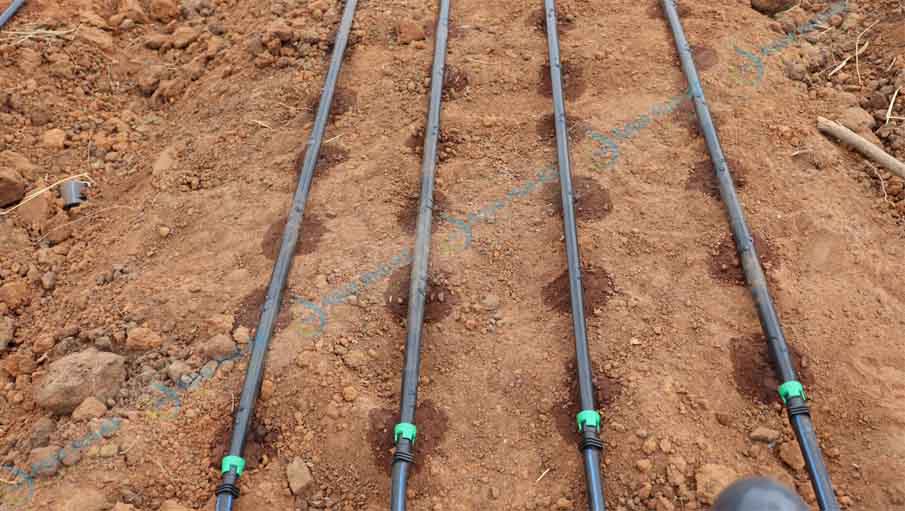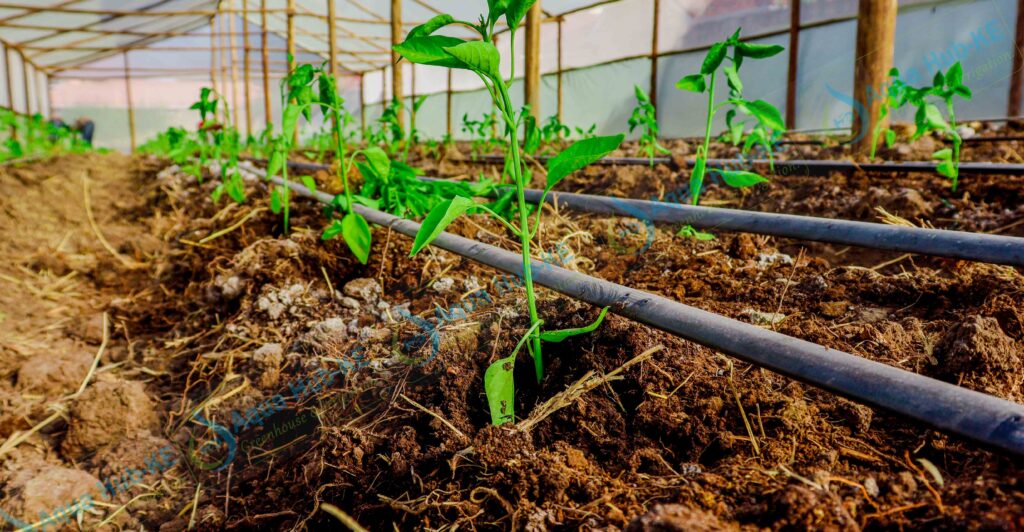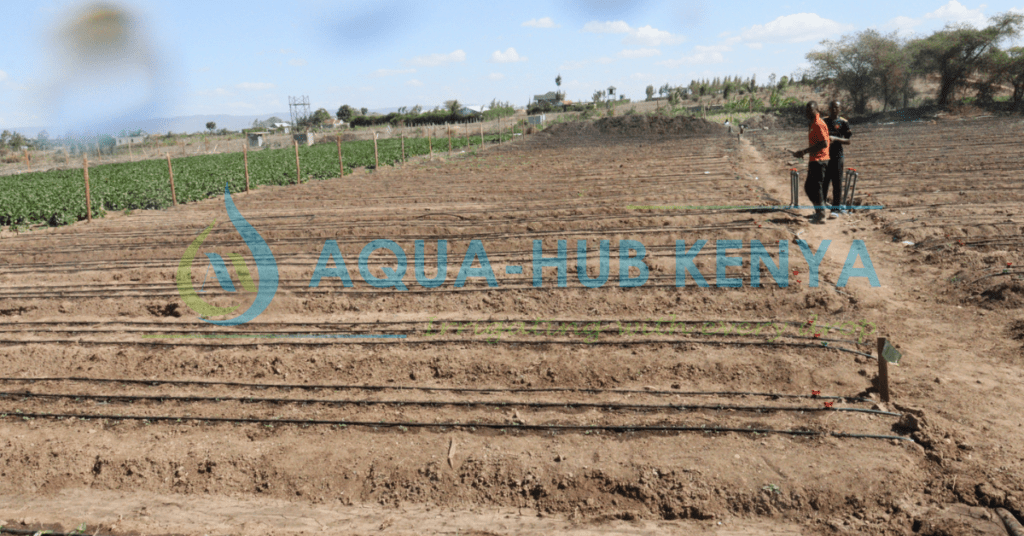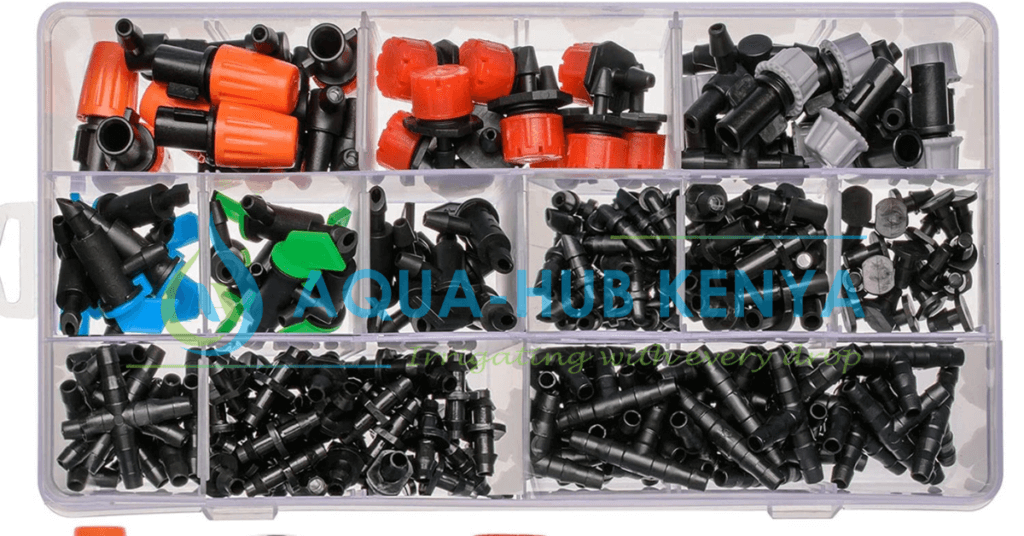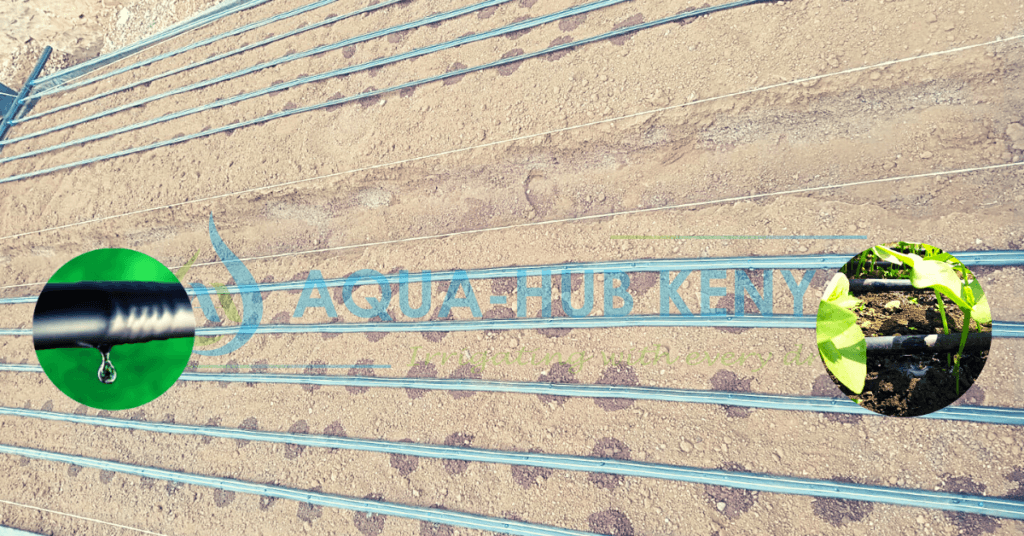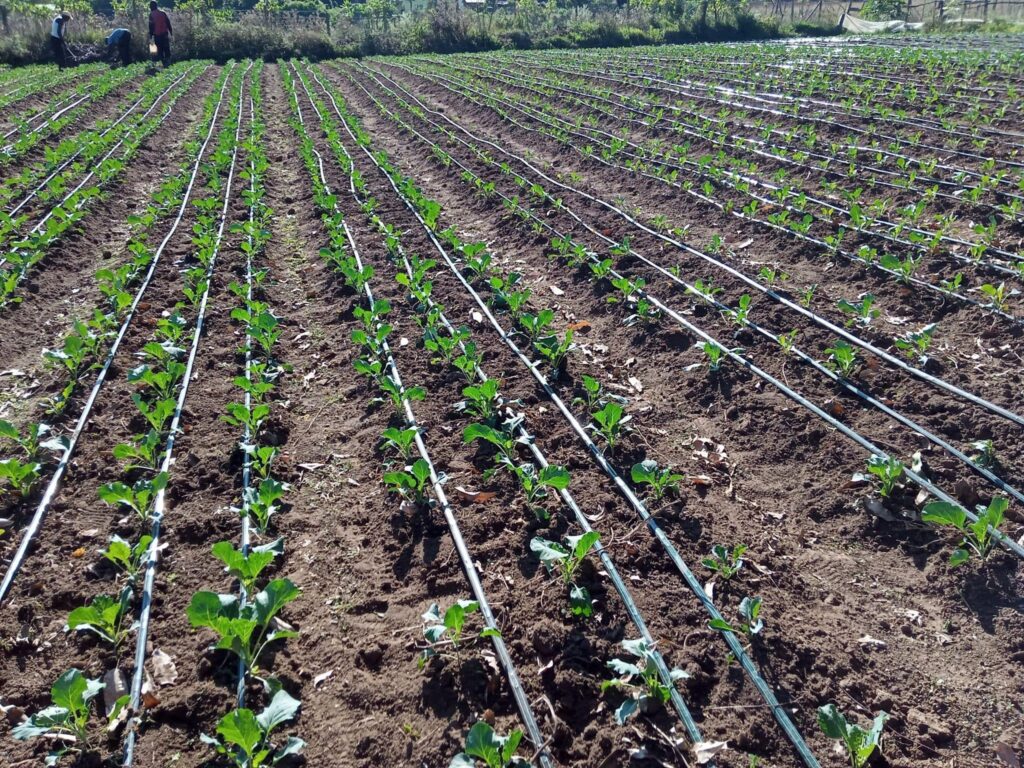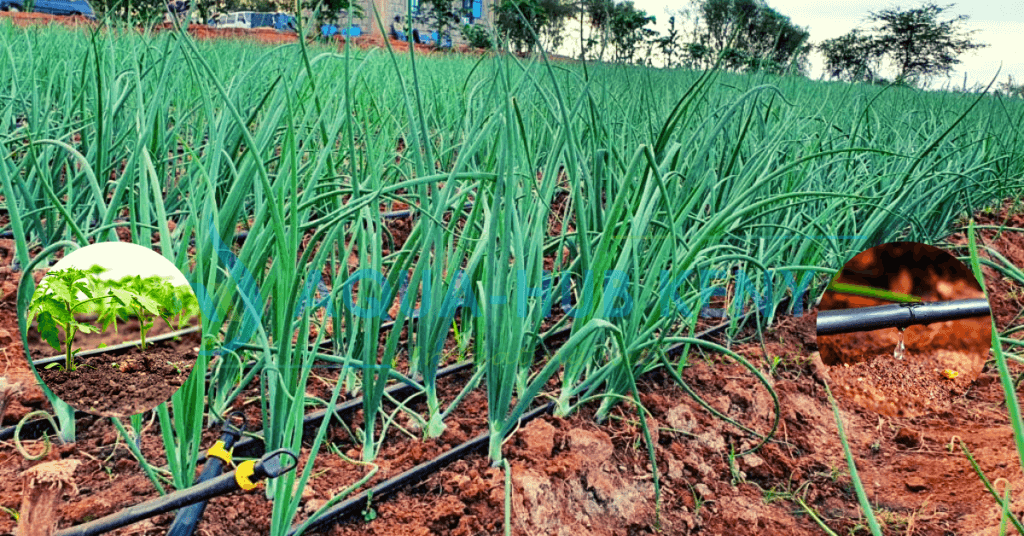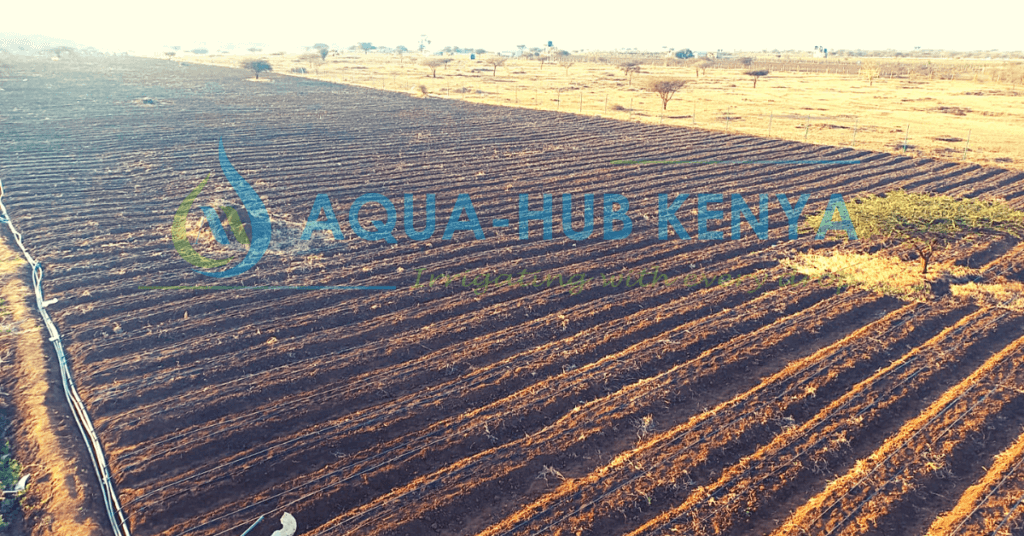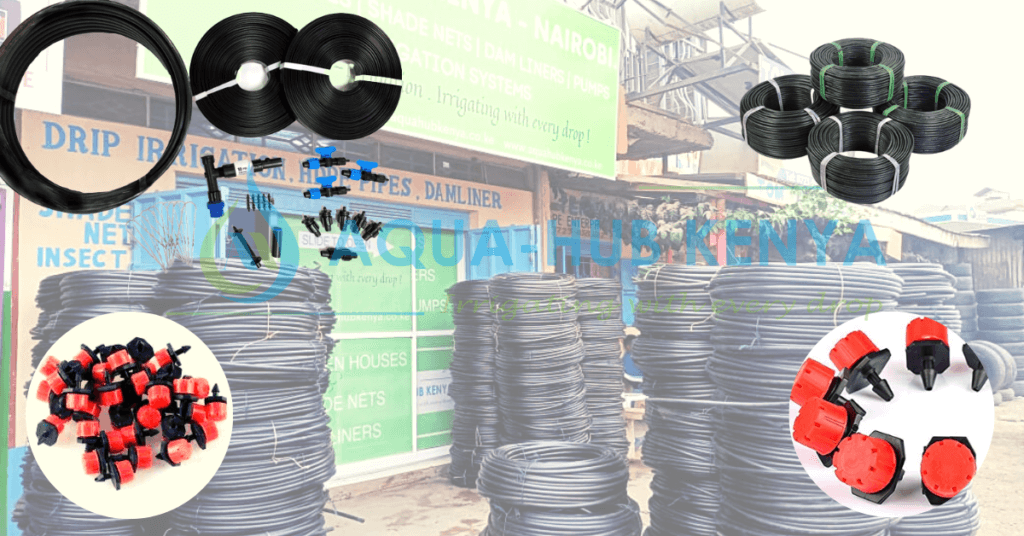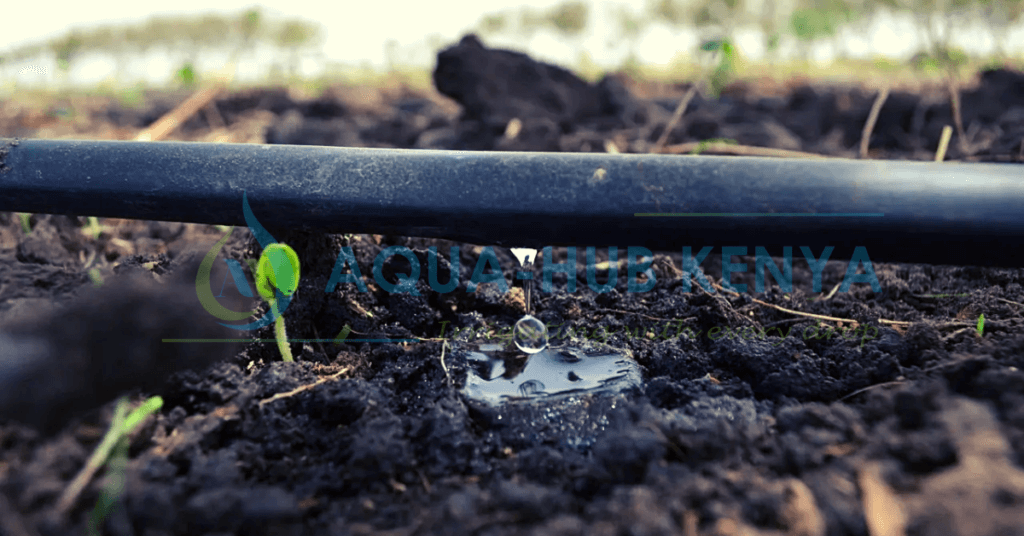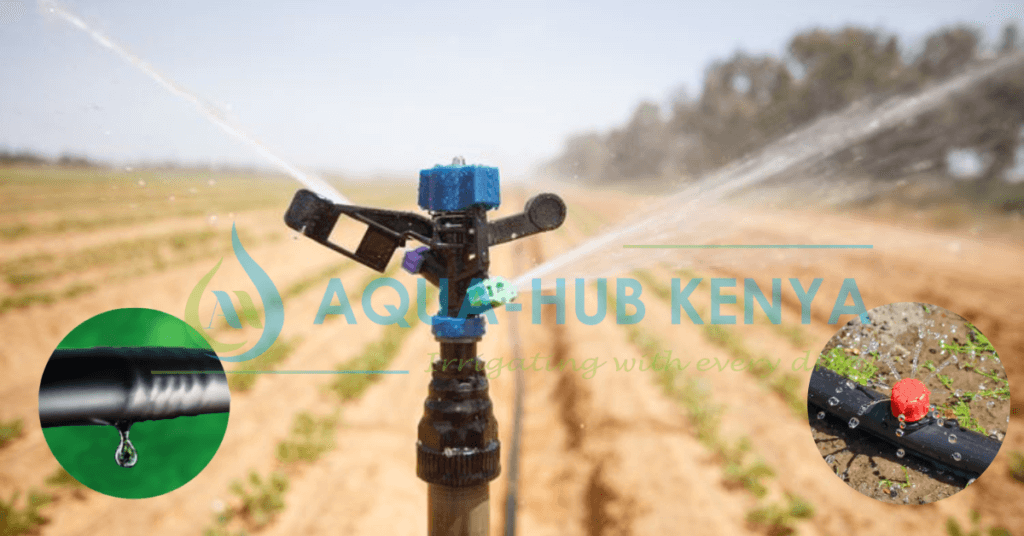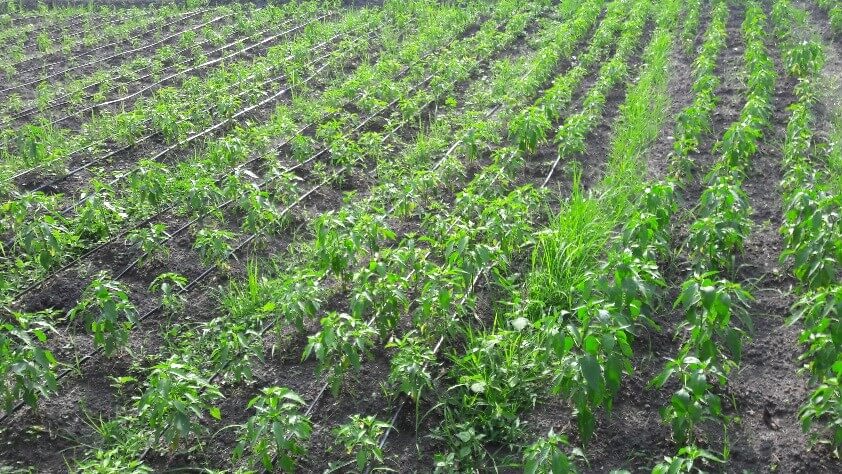Cost of Drip Irrigation in Kenya
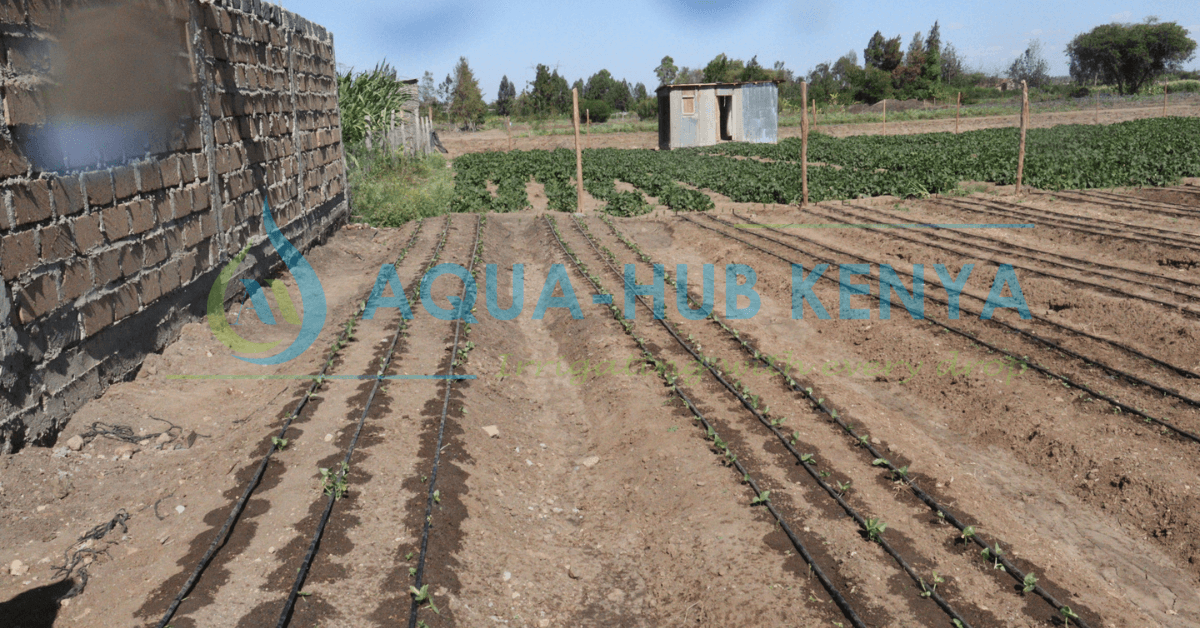
Several considerations you have to check while calculating the cost of drip irrigation in Kenya. First, the pricing is decided by your needs as a farmer. The total cost of a drip line roll ranges between Ksh 8,000 and Ksh 9000. The calculation of cost may also be as per the acreage and the quantity of lines to be put per bed. The smallest acreage is 1/8 Acre, while the largest is 1 Acre. Depending on the crops you are growing, the number of lines per bed might be one, two, or three. As a result, prices here range from Ksh 10,000 to Ksh 130,000.
Drip irrigation is the most water-efficient irrigation technique. It is capable of significantly lowering agricultural water usage while enhancing crop yields and quality. A drip irrigation system may be a valuable asset for a small farm if properly built, maintained, and managed. Irrigation for effective crop production demands a working knowledge of various key engineering and irrigation concepts, as well as their application. The three most critical aspects to consider when developing drip kits are efficiency, reliability, and consistency. Consistency is vital when growing crops for commercial usage since fluctuations in water supply directly impact how consistently crops develop.
What is the cost of drip irrigation in Kenya?
Our drip line price is divided into categories based on size, thickness, and length. To satisfy the needs of our customers, we can produce customized projects. The costs range from 8000 to 9000 Kenyan Shillings for the whole drip line roll.
| Spacing and Thickness | Length | Price |
| 15 cm, 0.3 mm | 1000 meters | 8,000 |
| 15 cm, 0.4 mm | 1000 meters | 9,000 |
| 20 cm, 0.3 mm | 1000 meters | 8,000 |
| 20 cm, 0.4 mm | 1000 meters | 9,000 |
| 30 cm, 0.3 mm | 1000 meters | 8,000 |
| 30 cm, 0.4 mm | 1000 meters | 9,000 |
| 45 cm, 0.3 mm (on order) | 1000 meters | 8,000 |
| 45 cm, 0.4 mm (on order) | 1000 meters | 9,000 |
The cost of drip irrigation in Kenya can also depend on the acreage of the farm and the lines per bed.
| Size / Lines Per Bed | 1 Line | 2 Lines | 3 Lines |
| 1 Acre | 65,000 | 95,000 | 130,000 |
| 1/2 Acre | 30,000 | 45,000 | 60,000 |
| 1/4 Acre | 16,000 | 25,000 | 35,000 |
| 1/8 Acre | 10,000 | 15,000 | 20,000 |
What are the factors that determine the cost of drip irrigation in Kenya?
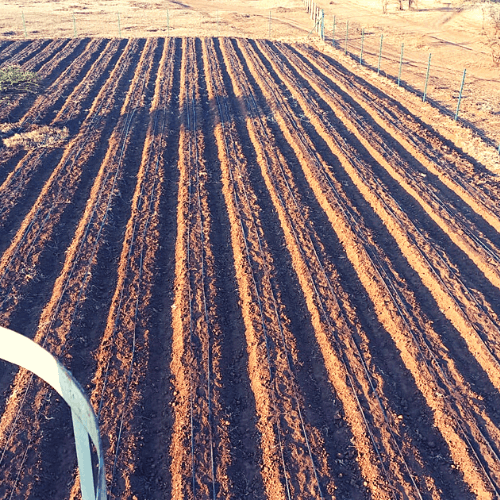
- Type and size of irrigation system. The cost of a drip irrigation system depends on the size of the farm and the type of system being installed. A smaller system will cost less than a larger one. A basic system will cost less than a more complex system.
- Cost of components: The cost of the various components that make up a drip irrigation system, such as pumps, pipes, filters, valves, emitters, and drippers, will also impact the overall cost of the system. The cost of these components can vary greatly depending on the quality, brand, and availability in the local market.
- Labor costs: Installing a drip irrigation system requires skilled labor, which will add to the overall cost of the system. The cost of labor will depend on the local market and the availability of skilled workers.
- Electricity or fuel costs. Depending on the source of water, a pump may be required to bring water from the source to the farm. The cost of electricity or fuel to run the pump will also impact the overall cost.
- Water source and delivery costs: The cost of the water source and delivery system. Including the cost of digging wells or connecting to a nearby water source, will also impact the overall cost of the drip irrigation system.
- Maintenance and repair costs: Drip irrigation systems require regular maintenance and repairs to ensure they are functioning properly. The cost of maintenance and repairs will depend on the type of system and the local market for these services.
- Installation costs: Installing a drip irrigation system can be a complex process that requires specialized equipment and knowledge. The cost of installation will depend on the size and complexity of the system. As well as the local market for these services.
The features of drip irrigation system in Kenya
- Precision watering: Drip irrigation systems in Kenya provide precise water application to the root zone of crops, reducing water waste and improving water efficiency.
- Customizable design: Drip irrigation systems can be designed to meet the specific needs of each farm, taking into account the size of the farm, type of crops, soil type, and water source.
- Flexible water delivery: Drip irrigation systems in Kenya can be set to deliver water at various intervals, from continuous delivery to periodic delivery, depending on the needs of the crops.
- Low water pressure: Drip irrigation systems can operate with low water pressure, which allows for the use of smaller pumps and reduces the cost of water delivery.
- Efficient fertilizer application: Drip irrigation systems can be configured to deliver fertilizer directly to the roots of the crops, improving the efficiency of fertilizer application.
- Easy maintenance: Drip irrigation systems are designed to be easy to maintain and repair, reducing the cost of maintenance and increasing the longevity of the system.
- Reduced labor costs: Drip irrigation systems reduce the need for manual labor, as the system can be operated remotely, reducing labor costs for farmers.
- Energy efficient: Drip irrigation systems in Kenya can be energy efficient, reducing the cost of electricity or fuel required to run the system.
- Improved crop yields: By providing consistent and efficient water and fertilizer delivery to crops, drip irrigation systems can improve crop yields and overall farm productivity.
- Water conservation: By reducing water loss due to evaporation and runoff, drip irrigation systems in Kenya conserve water and reduce the overall demand on water resources.
What is the wetting pattern in drip irrigation?
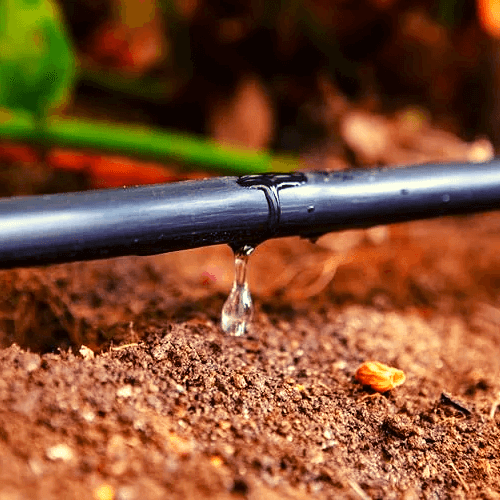
The wetting pattern in drip irrigation refers to the way water is distributed and absorbed by the soil and plant roots. It is an important aspect of drip irrigation as it directly affects plant growth and water usage efficiency.
- Controlled distribution: In drip irrigation, water is delivered slowly and directly to the roots of the plants, creating a controlled and uniform distribution of water in the soil. This helps prevent water waste and ensures that the entire root zone of the plants receives adequate water.
- Root zone saturation: The slow and steady water delivery in drip irrigation helps the soil to reach maximum saturation in the root zone of the plants, providing optimal water and nutrient uptake by the plants.
- Reduced runoff: The controlled water delivery in drip irrigation reduces the risk of runoff and erosion, conserving water and preventing soil degradation.
- Effective water infiltration: Drip irrigation helps improve water infiltration into the soil, reducing water loss due to evaporation and promoting deep root growth.
- Minimal water wastage: The precise water application in drip irrigation minimizes water wastage and improves water efficiency, reducing the overall water demand for irrigation.
- Avoidance of waterlogging: Drip irrigation helps avoid waterlogging in the root zone of the plants, which can lead to root rot and reduced plant growth.
The wetting pattern in drip irrigation is carefully controlled and optimized to ensure efficient water usage and optimal plant growth, leading to improved crop yields and reduced water wastage.

